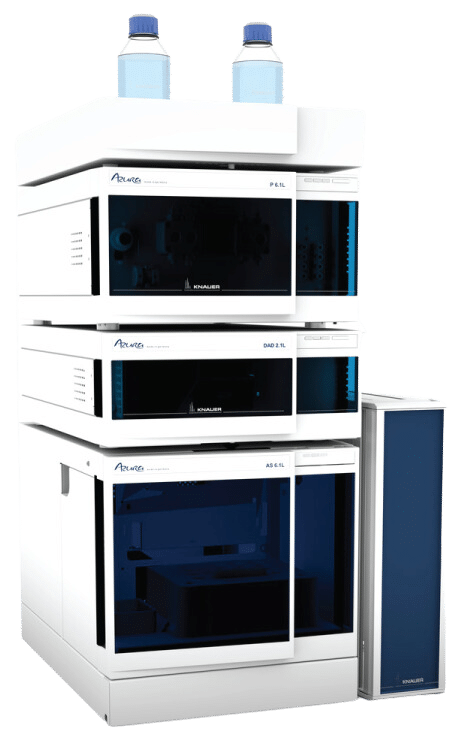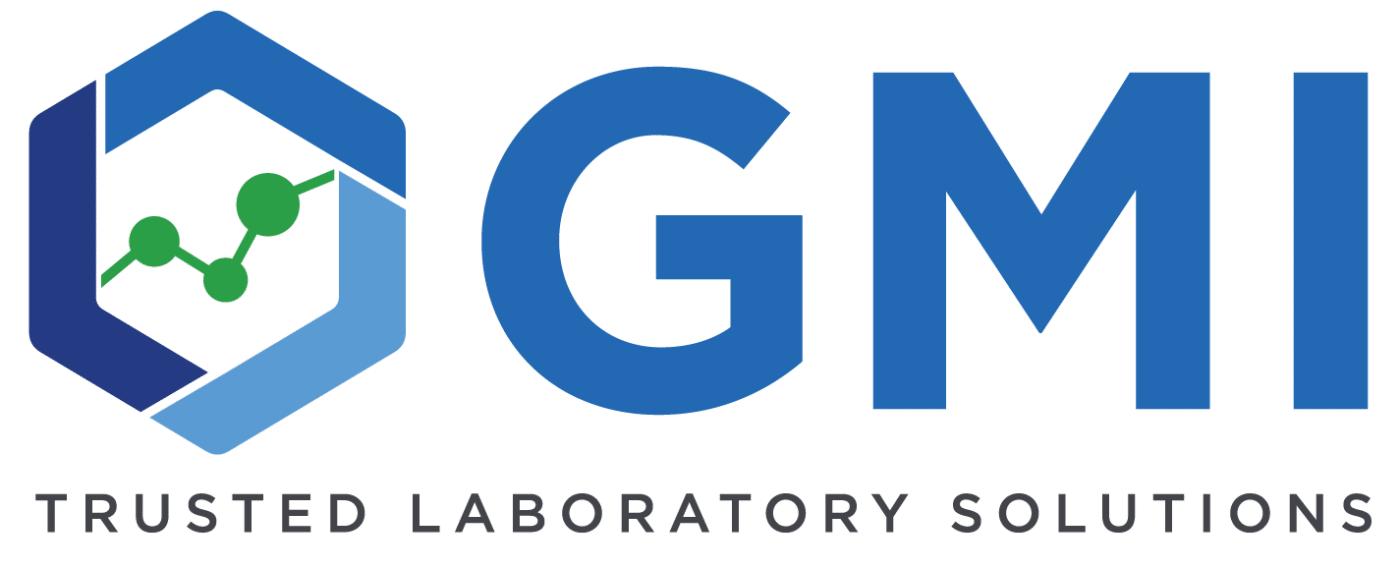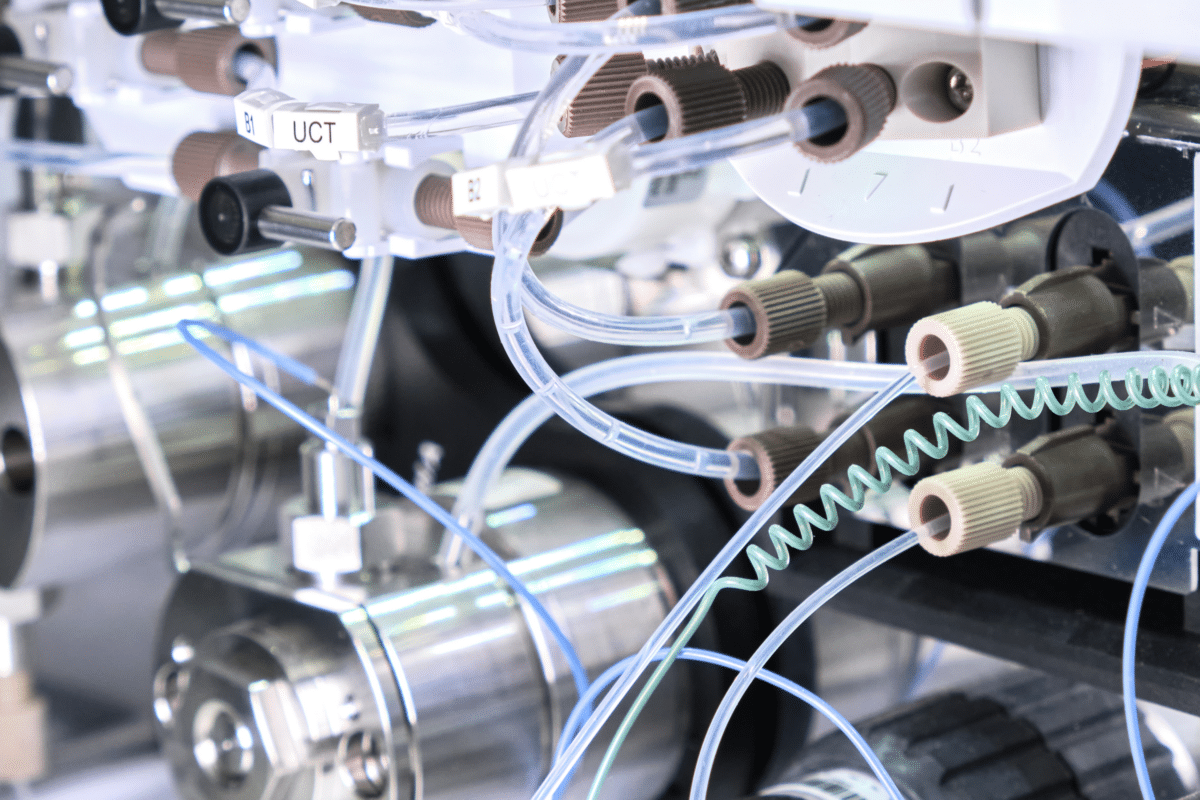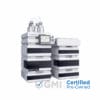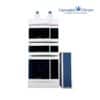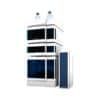No products in the cart.
HPLC, Chromatography
Mastering HPLC: A Comprehensive Guide to Types and Their Applications
Introduction
In the world of analytical chemistry, High-Performance Liquid Chromatography (HPLC) stands as a pillar of modern scientific research and analysis. HPLC enables scientists and researchers to separate, identify, and quantify various compounds in a sample with high precision and accuracy. The versatility of HPLC is primarily attributed to its different types, each tailored to specific applications. In this blog post, we will delve into the various types of HPLC and explore their wide-ranging applications in diverse fields.
Reverse Phase HPLC (RP-HPLC): Reverse Phase HPLC is the most commonly employed HPLC technique. It utilizes a nonpolar stationary phase and a polar mobile phase, typically water and an organic solvent, respectively. RP-HPLC is ideal for separating nonpolar or hydrophobic compounds such as pharmaceuticals, lipids, pesticides, and metabolites. This technique is extensively used in drug discovery, environmental analysis, and quality control in the pharmaceutical industry.
Normal Phase HPLC (NP-HPLC): Contrary to RP-HPLC, Normal Phase HPLC employs a polar stationary phase and a nonpolar mobile phase. NP-HPLC is effective for separating polar and moderately polar compounds like carbohydrates, amino acids, and vitamins. It finds applications in the analysis of natural products, food and beverage testing, and environmental monitoring.
Ion-Exchange Chromatography (IEC): Ion-Exchange Chromatography relies on the electrostatic interactions between charged stationary phases and oppositely charged analytes. It separates compounds based on their ionic properties, including charged amino acids, proteins, nucleic acids, and inorganic ions. IEC is widely used in protein purification, characterization of biomolecules, and analysis of pharmaceuticals.
Size Exclusion Chromatography (SEC) or Gel Filtration Chromatography: SEC separates molecules based on their size and molecular weight. It utilizes a porous stationary phase, allowing smaller molecules to penetrate deeper into the matrix, resulting in longer elution times. Large molecules, such as proteins, polymers, and nanoparticles, elute faster due to their exclusion from the pores. SEC plays a crucial role in protein analysis, polymer characterization, and quality control of biopharmaceuticals.
Affinity Chromatography (AC): Affinity Chromatography capitalizes on the highly specific interactions between a target analyte and a biological ligand immobilized on the stationary phase. It enables the isolation and purification of biomolecules, such as enzymes, antibodies, and nucleic acids. AC is instrumental in various fields, including biotechnology, proteomics, and drug discovery.
Chiral Chromatography: Chiral Chromatography is employed to separate enantiomers, which are mirror images of each other. It utilizes a chiral stationary phase that exhibits selectivity towards one enantiomer over the other. This technique plays a crucial role in pharmaceutical development, especially in the production of single enantiomer drugs, as enantiomers can exhibit different pharmacological activities.
Schedule a free consultationConclusion
High-Performance Liquid Chromatography (HPLC) is an indispensable analytical technique with many applications across multiple industries. By harnessing the power of different HPLC types, scientists can separate and analyze compounds with remarkable precision and accuracy. Reverse Phase, Normal Phase, Ion-Exchange, Size Exclusion, Affinity, and Chiral Chromatography each offer unique capabilities for specific analytical needs. Understanding these HPLC techniques empowers researchers and analysts to unlock new insights, drive innovation, and contribute to advancements in diverse fields, from pharmaceuticals and biotechnology to environmental analysis and food safety. Consult with our technical experts to find the ideal solution for your HPLC needs.
